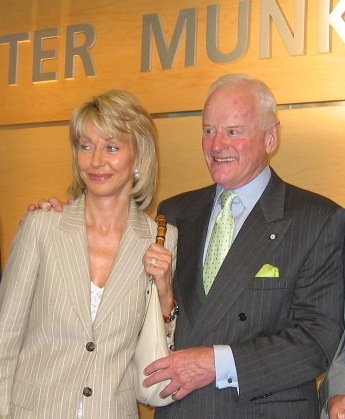Fifty years ago, uranium miners in Elliot Lake hit the picket line, triggering a series of events that led to protections for all workers in the province
“Silicosis is an incurable lung disease that can lead to disability and death. Silicosis is the result of the body’s response to the presence of silica particles in the lung. Silica particles are very small in size and can reach deep into the lungs (into the alveoli), where they are removed by white blood cells.
Free crystalline silica causes the white blood cells to break open, which forms scar-like patches on the surface of the alveolus. When a large number of these “scars” form, the alveolar surfaces become less elastic. Over time, this damage reduces the transfer of gases, which can lead to shortness of breath.” — Canadian Centre for Occupational Health and Safety website

























